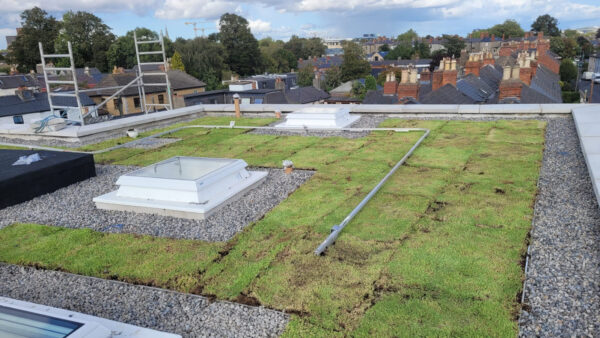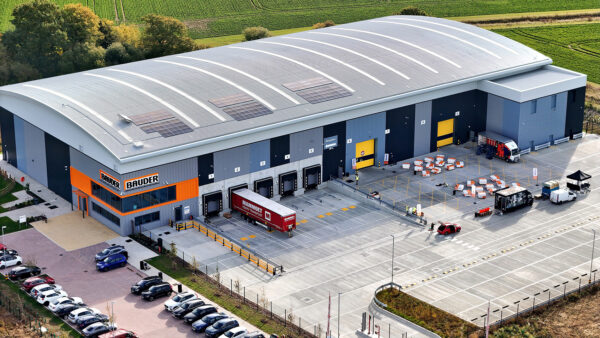
Investment in infrastructure has been touted as the key driver for the UK’s economic growth in the years ahead, especially as the impacts of the pandemic continue to be felt.
It is part of government policy and planning too, with plans for the next decade of infrastructure investment published last autumn alongside a roadmap for how it will be delivered. The roadmap was aimed at addressing years of underinvestment in the country’s infrastructure and included an estimated pipeline of £650bn. The opportunities for construction are huge if the projects can be delivered effectively.
Technology must play a significant role. The roadmap argues that it will be needed to “improve productivity and reduce risk in design, delivery and operations of infrastructure assets.”
It can also help the UK to achieve its net zero strategy, with software tools able to help with more effective resource planning (materials, labour and equipment), better construction methodologies and improved asset operation and maintenance.
Working together
The roadmap made it clear that collaboration is the only way that the industry can move forward. Infrastructure projects must start with key areas agreed, such as the principles for how information is to be stored and shared, the expectations around how teams will work together and how success will be measured against KPIs.
Open file formats, agnostic systems and data accessibility are all essential, ideally backed up via a robust, cloud-based system, for this to work effectively. Otherwise, barriers will be in place before a project is even started.
If this is not done, the consequences are that data cannot be easily compared or analysed, making decision making much harder and the risk of data loss between systems higher.
It also slows the project down, with the likelihood that people are not working on the latest files or drawings, or at worst, mixing digital and paper workflows.
For the largest gains and improvements then, working as a joined-up team is essential. This will avoid the need for difficult, costly integrations that add time and risk to projects. This all improves efficiency, and efficiency equals a better margin and better project outcomes.
Using software to bridge the gap
Collaborative software is usually based around document sharing, team working and communication. By enabling teams to collaborate in real-time across multiple locations, you can easily connect site teams and offices. This provides teams with access to the right skills and expertise whenever they need it, making projects much faster and more effective.
Software can also boost project transparency, revealing potential risks and therefore avoiding costly delays or mistakes. With changes, comments and issues logged, it also provides an audit trail for every decision made.
We have had customers make large time savings, helping them to win new projects, as well as significantly reducing costs, both through improved visibility on projects and by moving to a more efficient, paperless workflow.
Technology can change the face of the industry
As well as the impacts on project delivery, there is another important benefit of using more technology in construction.
In the wake of the Hackitt Report, data sharing and management is much higher up the agenda. The concept of a digital golden thread is here to stay and working more effectively and transparently will do much to improve safety and quality.
The tools are here now for a more efficient and effective sector built around technology. It is time for companies to start their digital journey.
Try Bluebeam for free today: https://www.bluebeam.com/uk/trials
James Chambers is regional director UKI+ and vice president, business development UK, at Bluebeam











